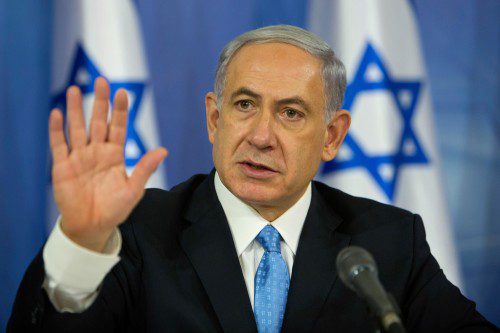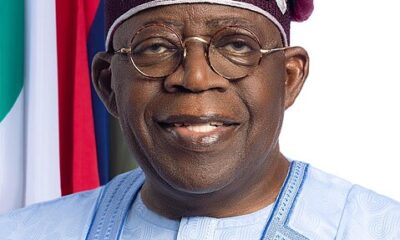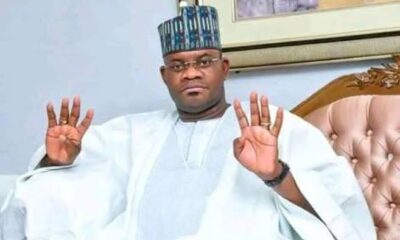Economic Issues
On The MPC’s Meeting Last Week -By Uddin Ifeanyi

We could go on and on about both the utility and desirability of the tools that the CBN has had recourse to of late. On one hand, there is the argument that much of it is properly speaking in the realms of fiscal policy. On the other hand, there is the problem with the current vacuum in the fiscal policy space and the need for effective policy making in the teeth of the strong headwinds the country is facing.
Once the Central Bank of Nigeria (CBN) opted to put off, by a couple of days, the planned meeting of its rate-setting committee (the Monetary Policy Committee ― MPC) in order that the governor may join President Buhari’s entourage to the US, it was always going to be easy calling the outcome of the MPC’s meeting on Thursday and Friday, July 23 and 24, last week. Truth to tell, over the last couple of months, the MPC had ceased to matter in the determination of domestic monetary policy.
It is of no consequence whether it was the decision, late last month, to bar 40 industrial sectors from access to domestic foreign exchange markets as source for their foreign currency import needs. Or that earlier this month requiring qualifying foreign exchange transactions through bureaux de change to show beneficiaries’ bank verification numbers. The most important decisions by the CBN affecting the foreign exchange markets of late have occurred outside of the MPC’s framework, and meeting schedule.
Now this matters. The MPC’s main remit is the maintenance of domestic price stability. And in search of an optimum toolkit to address this goal, we have spent an eternity in conversation around which is the main channel for the transmission of monetary policy in this country ― the exchange rate; or the policy rate? The CBN has over the last decade-and-a-half, made much of the economy’s import-dependency, and how adverse movements in the exchange rate ultimately pass through to domestic prices. It has on the back of this position done everything to mute the exchange rate as a domestic price signal. One unintended result of this has been to remove considerations of the effect of policy on the exchange rate from our governments’ successive fiscal policy models.
Conversely, the argument for the policy rate as the main transition channel has floundered on the strength (or lack thereof) of this measure’s connection to retail deposit and lending rates. But often this argument ignores the effect on banks’ cost of funds of the apex bank’s sundry fiat interventions (especially its quasi fiscal injection of funds into “preferred” sectors) in the markets. The argument against the policy rate also presumes that despite its many (hidden) costs that ours is a low interest economy, and thus never contemplates raising the policy rate high enough to incentivise domestic economic actors to hold naira-denominated assets. Two objections also show up here. The first is the old concern with the effect of high rates on the real sector. And the second is a new one indicating domestic banks’ rising portfolios of non-performing loans as a new source of risks to the economy. Both objections caution against interest rate hikes.
…if the CBN governor’s testimony before the senate offers any comfort, then we have seen the nation’s external reserves rise back above the US$30bn mark. Given that the rapid drawdown of this balance spooked the foreign exchange markets in the first instance, marginal though the current recovery is, it is, at least, headed in the right direction. Still, we have seen the naira continue to plumb new depths, despite the CBN’s best efforts.
Given the direction and content of the preceding conversation, we could make a case for the MPC’s involvement in the set of decisions that the apex bank recently put out in defence of the naira ― they all look to keep domestic prices stable. Except, of course, that the CBN then opted to deploy trade and exchange tools in pursuit of monetary goals rather than the traditional monetary policy tools favoured by rate-setting committees worldwide.
We could go on and on about both the utility and desirability of the tools that the CBN has had recourse to of late. On one hand, there is the argument that much of it is properly speaking in the realms of fiscal policy. On the other hand, there is the problem with the current vacuum in the fiscal policy space and the need for effective policy making in the teeth of the strong headwinds the country is facing.
Against all these worries, must be held the immediate concern with how successful the CBN has been in achieving its stated goals. On one hand, if the CBN governor’s testimony before the senate offers any comfort, then we have seen the nation’s external reserves rise back above the US$30bn mark. Given that the rapid drawdown of this balance spooked the foreign exchange markets in the first instance, marginal though the current recovery is, it is, at least, headed in the right direction. Still, we have seen the naira continue to plumb new depths, despite the CBN’s best efforts. In addition, domestic prices have trended past the CBN’s official target for the year. Indeed, even the CBN looks to see the consumer price index (CPI) breach the double-digit mark by the second quarter of this year.
In this sense, the MPC had its work cut out for it ahead of its meeting, last week. At the very least, there was need for a post-mortem on the CBN’s latest policy initiatives; and a need to respond to rising prices. In the end, the MPC (by leaving its monetary policy levers in place) opted to sit on its hands!



















